|
Your search criteria found 1154 images Collection Type |
| My List |
Addition Date | Target |
Mission
|
Instrument | Size |

|
2005-05-04 | Messier 104 |
Hubble Space Telescope Spitzer Space Telescope |
IRAC Visible Light |
3000x1681x3 |
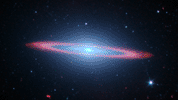
|
|||||

|
2005-06-10 | Cassiopeia A |
Hubble Space Telescope Spitzer Space Telescope |
IRAC Visible Light Chandra X-ray Telescope |
1835x1348x3 |
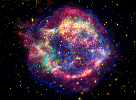
|
|||||

|
2006-04-24 | M82 Galaxy |
Hubble Space Telescope Spitzer Space Telescope |
Chandra X-ray Telescope Infrared Array Camera (IRAC) Visible Light |
640x480x3 |
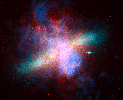
|
|||||

|
2013-07-02 | ISON |
Hubble Space Telescope |
1008x935x3 | |
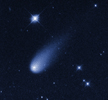
|
|||||

|
2010-02-04 | Pluto |
Hubble Space Telescope |
Hubble Space Telescope |
3000x2400x3 |
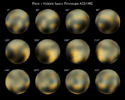
|
|||||

|
2015-10-13 | Jupiter |
Hubble Space Telescope |
WFPC3 |
3600x1596x3 |
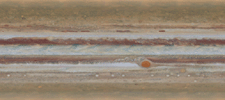
|
|||||

|
2015-10-13 | Jupiter |
Hubble Space Telescope |
WFPC3 |
900x536x3 |
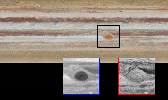
|
|||||

|
2017-07-20 | Mars |
Hubble Space Telescope |
3000x2400x3 | |
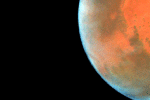
|
|||||

|
2013-05-22 |
Herschel Space Observatory |
1278x719x3 | ||
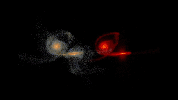
|
|||||

|
2012-12-13 | Moon |
GRAIL Lunar Reconnaissance Orbiter (LRO) |
1280x720x1 | |
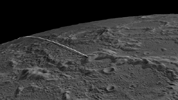
|
|||||

|
2012-12-13 | Moon |
GRAIL Lunar Reconnaissance Orbiter (LRO) |
367x268x1 | |
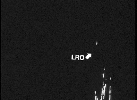
|
|||||

|
2012-12-05 | Moon |
GRAIL |
MoonKAM |
364x480x1 |

|
|||||

|
2012-12-05 | Moon |
GRAIL |
1278x718x3 | |
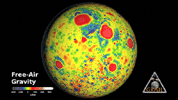
|
|||||

|
2012-12-05 | Moon |
GRAIL |
1914x1077x3 | |
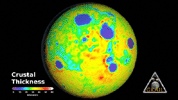
|
|||||

|
2012-12-05 | Moon |
GRAIL |
1280x717x3 | |
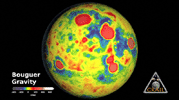
|
|||||

|
2010-02-19 | Earth |
GRACE |
K-Band Ranging System |
1279x720x3 |
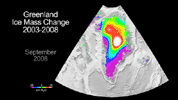
|
|||||

|
2010-07-07 | Earth |
GRACE |
K-Band Ranging System |
777x745x3 |
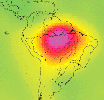
|
|||||

|
2012-02-02 | Earth |
GRACE |
K-Band Ranging System |
1058x720x3 |
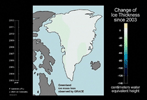
|
|||||

|
2013-10-26 | Earth |
GRACE |
K-Band Ranging System |
1297x708x3 |
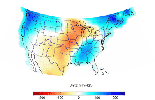
|
|||||

|
2009-08-06 | Asteroid |
Goldstone Deep Space Network (DSN) |
Goldstone Solar System Radar |
834x429x37 |
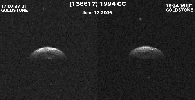
|
|||||

|
2012-12-14 | Asteroid |
Goldstone Deep Space Network (DSN) |
Goldstone Solar System Radar |
876x708x1 |
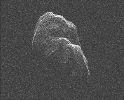
|
|||||

|
2013-06-06 | Asteroid |
Goldstone Deep Space Network (DSN) |
Goldstone Solar System Radar |
1920x1080x1 |
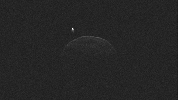
|
|||||

|
2014-06-12 | Asteroid |
Goldstone Deep Space Network (DSN) |
Goldstone Solar System Radar |
1280x570x1 |
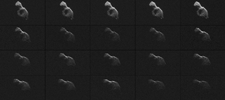
|
|||||

|
2015-07-23 | Asteroid |
Goldstone Deep Space Network (DSN) |
Goldstone Solar System Radar NRAO Green Bank Telescope |
593x717x1 |

|
|||||

|
2015-07-31 | Asteroid |
Goldstone Deep Space Network (DSN) |
Goldstone Solar System Radar NRAO Green Bank Telescope |
911x456x1 |
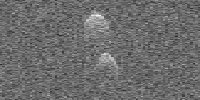
|
|||||

|
2016-03-24 | Comet |
Goldstone Deep Space Network (DSN) |
Goldstone Solar System Radar |
960x500x1 |
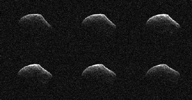
|
|||||

|
2017-05-09 | Asteroid |
Goldstone Deep Space Network (DSN) |
Goldstone Solar System Radar |
700x720x1 |
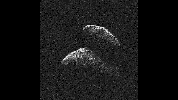
|
|||||

|
2013-02-15 | Asteroid |
Gingin Observatory |
1283x723x3 | |
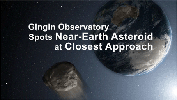
|
|||||

|
2007-04-02 | Io |
Galileo Voyager |
Solid-State Imaging |
11445x3643x3 |

|
|||||

|
2014-02-12 | Ganymede |
Galileo Voyager |
797x754x3 | |
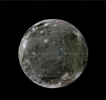
|
|||||

|
2015-09-15 | Jupiter |
Galileo Voyager |
1700x956x3 | |
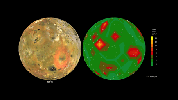
|
|||||

|
1996-01-29 | Earth |
Galileo |
Solid-State Imaging |
800x800x3 |

|
|||||

|
1997-11-04 | Io |
Galileo |
Solid-State Imaging |
200x200x1 |
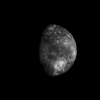
|
|
||||

|
1997-11-04 | Jupiter |
Galileo |
Solid-State Imaging |
313x256x1 |
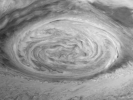
|
|
||||

|
1998-03-26 | Jupiter |
Galileo |
Solid-State Imaging |
600x600x1 |
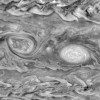
|
|
||||

|
1998-03-26 | Jupiter |
Galileo |
Solid-State Imaging |
640x485x1 |

|
|
||||

|
1999-03-18 | Jupiter |
Galileo |
Solid-State Imaging |
640x485x1 |
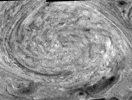
|
|
||||

|
1999-04-15 | Jupiter |
Galileo |
Solid-State Imaging |
640x485x1 |
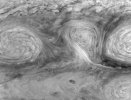
|
|
||||

|
2000-12-17 | Ganymede |
Galileo |
Solid-State Imaging |
512x384x1 |
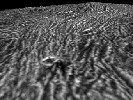
|
|
||||

|
2011-05-12 | Io |
Galileo |
1668x1648x3 | |

|
|||||

|
2004-12-22 |
Galaxy Evolution Explorer (GALEX) |
GALEX Telescope |
587x473x3 | |
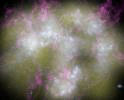
|
|||||

|
2005-05-31 | GJ 3685A |
Galaxy Evolution Explorer (GALEX) |
GALEX Telescope |
1280x960x3 |
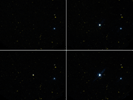
|
|||||

|
2005-05-31 |
Galaxy Evolution Explorer (GALEX) |
GALEX Telescope |
2154x2154x3 | |
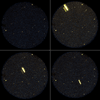
|
|||||

|
2005-05-31 |
Galaxy Evolution Explorer (GALEX) |
GALEX Telescope |
2154x2154x3 | |
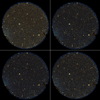
|
|||||

|
2007-03-07 | Z Camelopardalis |
Galaxy Evolution Explorer (GALEX) |
Far-ultraviolet Detector |
1800x1800x3 |
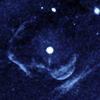
|
|||||

|
2007-03-07 | Z Camelopardalis |
Galaxy Evolution Explorer (GALEX) |
Far-ultraviolet Detector Near-ultraviolet Detector |
1800x1800x3 |
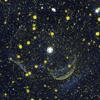
|
|||||

|
2007-03-07 | Z Camelopardalis |
Galaxy Evolution Explorer (GALEX) |
720x487x3 | |
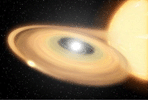
|
|||||

|
2007-08-15 | Mira |
Galaxy Evolution Explorer (GALEX) |
Ultraviolet/Visible Camera |
717x478x3 |
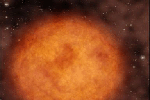
|
|||||

|
2012-05-02 |
Galaxy Evolution Explorer (GALEX) |
1000x624x3 | ||

|
|||||

|
2020-11-18 |
Galaxy Evolution Explorer (GALEX) |
1920x1080x3 | ||
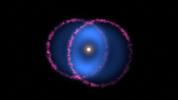
|
|||||

|
2012-02-06 | Earth |
European Remote Sensing Satellite Mission (ERS) |
Synthetic Aperture Radar (SAR) |
1024x576x3 |
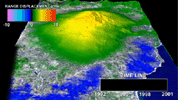
|
|||||

|
2012-02-06 | Earth |
European Remote Sensing Satellite Mission (ERS) |
Synthetic Aperture Radar (SAR) |
1023x576x3 |
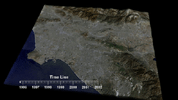
|
|||||

|
2024-01-17 | Europa |
Europa Lander |
Landing System |
1670x935x3 |
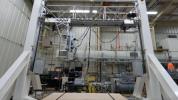
|
|||||

|
2024-01-17 | Europa |
Europa Lander |
Landing System |
1670x935x3 |
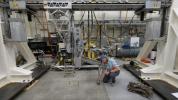
|
|||||

|
2010-10-26 | Tempel 1 |
EPOXI |
631x360x3 | |
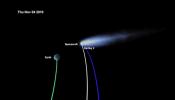
|
|||||

|
2010-10-26 | Hartley 2 |
EPOXI |
Medium Resolution Instrument (MRI) |
642x552x1 |
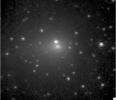
|
|||||

|
2010-10-26 | Hartley 2 |
EPOXI |
600x338x3 | |

|
|||||

|
2010-11-04 | Hartley 2 |
EPOXI |
High Resolution Instrument (HRI) Medium Resolution Instrument (MRI) |
1274x535x1 |
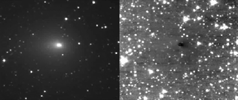
|
|||||

|
2010-11-05 | Hartley 2 |
EPOXI |
Medium Resolution Instrument (MRI) |
513x448x1 |
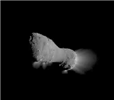
|
|||||

|
2010-11-18 | Hartley 2 |
EPOXI |
Medium Resolution Instrument (MRI) |
439x545x1 |

|
|||||

|
2010-11-18 | Hartley 2 |
EPOXI |
Medium Resolution Instrument (MRI) |
864x625x1 |
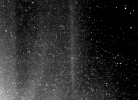
|
|||||

|
2021-07-29 | Earth |
ECOSTRESS |
827x679x3 | |
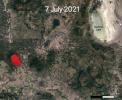
|
|||||

|
2021-07-29 | Earth |
ECOSTRESS |
731x573x3 | |
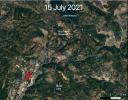
|
|||||

|
2021-10-28 | Jupiter |
Deep Space Network (DSN) |
Deep Space Network |
960x540x3 |
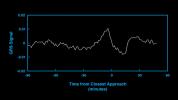
|
|||||

|
2022-01-10 | Asteroid |
Deep Space Network (DSN) |
Deep Space Network |
3093x1963x1 |
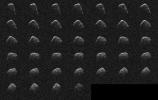
|
|||||

|
2022-06-29 | Asteroid |
Deep Space Network (DSN) |
Deep Space Network |
1587x1137x1 |
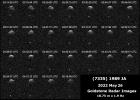
|
|||||

|
2005-06-02 | Tempel 1 |
Deep Impact |
2696x1921x3 | |
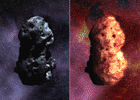
|
|||||

|
2005-06-28 | Tempel 1 |
Deep Impact |
Medium Resolution Instrument (MRI) |
480x150x1 |

|
|||||

|
2005-07-01 | Tempel 1 |
Deep Impact |
720x540x3 | |
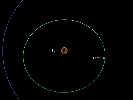
|
|||||

|
2005-07-04 | Tempel 1 |
Deep Impact |
Medium Resolution Instrument (MRI) |
516x290x1 |
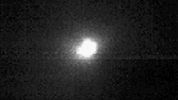
|
|||||

|
2005-07-04 | Tempel 1 |
Deep Impact |
Impactor Targeting Sensor (ITS) |
256x256x1 |
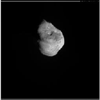
|
|||||

|
2005-07-04 | Tempel 1 |
Deep Impact |
High Resolution Instrument (HRI) |
720x540x1 |
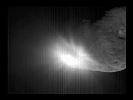
|
|||||

|
2005-07-04 | Tempel 1 |
Deep Impact |
Impactor Targeting Sensor (ITS) |
616x458x1 |
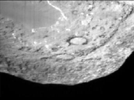
|
|||||

|
2005-07-04 | Tempel 1 |
Deep Impact |
Medium Resolution Instrument (MRI) |
239x222x1 |
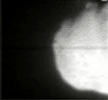
|
|||||

|
2005-07-11 | Tempel 1 |
Deep Impact |
High Resolution Instrument (HRI) |
314x234x1 |
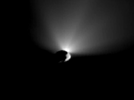
|
|||||

|
2013-02-05 | ISON |
Deep Impact |
Medium Resolution Instrument (MRI) |
786x720x1 |
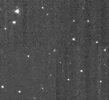
|
|||||

|
2010-10-08 | Vesta |
Dawn Hubble Space Telescope |
WFC3 |
1280x719x3 |
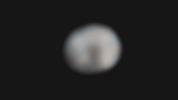
|
|||||

|
2009-05-29 |
Dawn |
500x270x1 | ||
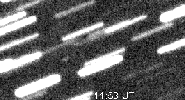
|
|||||

|
2011-03-10 | Vesta |
Dawn |
787x566x3 | |
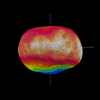
|
|||||

|
2011-06-13 | Vesta |
Dawn |
Framing Camera |
640x640x1 |
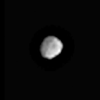
|
|||||

|
2011-06-23 | Vesta |
Dawn |
Framing Camera |
1280x720x1 |
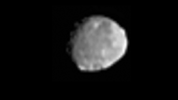
|
|||||

|
2011-06-23 | Vesta |
Dawn |
Framing Camera |
1280x720x3 |
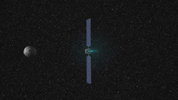
|
|||||

|
2011-08-01 | Vesta |
Dawn |
Framing Camera |
1280x721x3 |
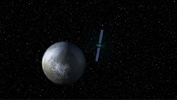
|
|||||

|
2011-08-01 | Vesta |
Dawn |
Framing Camera |
1280x720x3 |
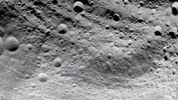
|
|||||

|
2011-08-01 | Vesta |
Dawn |
Framing Camera |
1281x720x1 |
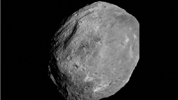
|
|||||

|
2011-12-01 | Vesta |
Dawn |
Framing Camera |
640x350x3 |
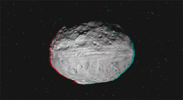
|
|||||

|
2011-12-06 | Vesta |
Dawn |
Framing Camera |
1279x718x1 |
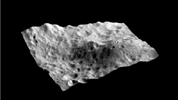
|
|||||

|
2012-03-21 | Vesta |
Dawn |
Framing Camera |
848x643x1 |
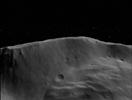
|
|||||

|
2012-04-25 | Vesta |
Dawn |
Framing Camera |
1278x713x3 |

|
|||||

|
2012-05-10 | Vesta |
Dawn |
Framing Camera |
1280x720x3 |
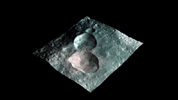
|
|||||

|
2012-05-10 | Vesta |
Dawn |
Framing Camera |
289x204x3 |
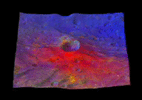
|
|||||

|
2012-05-10 | Vesta |
Dawn |
Framing Camera |
1540x1040x3 |
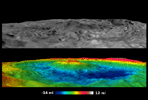
|
|||||

|
2012-06-06 | Vesta |
Dawn |
Framing Camera |
821x722x3 |
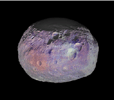
|
|||||

|
2012-09-20 | Vesta |
Dawn |
Framing Camera |
1024x1024x3 |
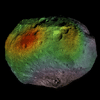
|
|||||

|
2015-01-19 | Ceres |
Dawn |
Framing Camera |
381x384x1 |
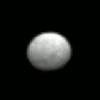
|
|||||

|
2015-01-27 | Ceres |
Dawn |
Framing Camera |
600x600x1 |
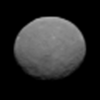
|
|||||

|
2015-02-05 | Ceres |
Dawn |
Framing Camera |
638x476x1 |
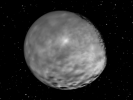
|
|||||

|
2015-02-06 | Ceres |
Dawn |
Framing Camera |
441x417x1 |
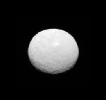
|
|||||

|
2015-02-04 | Ceres |
Dawn |
Framing Camera |
613x604x1 |
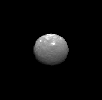
|
|||||

|
2015-03-02 | Ceres |
Dawn |
Framing Camera |
488x488x1 |
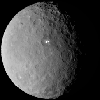
|
|||||

|
 |
 |
 |
 |
 |
 |
 |
 |
 |
 |

|
| 1-100 | 101-200 | 201-300 | 301-400 | 401-500 | 501-600 | 601-700 | 701-800 | 801-900 | 901-1000 |
| Currently displaying images: 801 - 900 of 1154 |